Our Wexford-French Culinary Connections
The Wexford food story is about the Normans arriving in Ireland, the bold, brave knights with nothing to lose and everything to gain. In their wake, Wexford and Ireland were transformed with Towerhouses, Abbeys, Castles and, of course, our iconic Hook Lighthouse.
But the Norman impact on our diet and food is still with us today, so let’s look at 5 changes the Normans made to our diets and food.
Enniscorthy Castle kitchens in their first year!
No.1 Bread and Baking
Before the Normans arrived we ate mostly unleavened bread, think griddle cakes for example. Our bread was made with coarsely milled flour, sweetened with honey or fruits when available, and cooked on an open fire or sometimes under an upturned pot.
The earliest recorded recipe for Barm Brack comes from the 1st Century and it simply called for flour, honey and wild berries, mixed with a little milk and cooked like a thick pancake.
The Normans were the first to bring stone-built ovens to Ireland, building them inside Abbeys and Castles, as towns grew up around them. Bakehouses arrived - places people could bring their dough to be baked. New Ross is home to The Bakehouse Bakery and inside you can still see the old medieval stone arches dating all the way back to the time when the town was established by Sir William Marshall.
A Medieval-style Bread Oven
No.2 Rabbits, Pike and Pheasants
Even though it was said at the time that this island truly was a land ripe with food, there were a few pieces that the Normans brought from France to really make them feel at home. The first rabbit warren was built in Kilmore Quay, a popular food stuff, obviously a few escaped and rabbits do what rabbits do, they can be found all over Ireland now. Pheasants and Fallow Deer were brought in for hunting parties, a popular sport even today. And in our rivers a number of freshwater fish were introduced, such as the terrifyingly grim looking Pike. It tastes a lot better than it looks!
We’re not putting a picture of a pike, here’s a fluffy bunny instead - yum
No.3 Bigger and Better Cattle
We have been farming cattle in Ireland for millennia. There are endless tales of cattle raiding, Brehon laws issued fines of cattle, a person’s wealth and importance was based on how many cows they owned. But for us, it was less about beef than the “white meat”. No, not chicken or fish but milk. We loved our dairy, cheeses that ranged from hard cheddar to soft cheeses like ricotta, yogurt, curds, whey, sweetened milk, sour milk, and fermented milk. Then there was our butter, infused with herbs, so precious it was even hidden in bogs.
But it was the Normans who brought in bigger cows, bred for their meat alone. Roast beef replaced boar at feasts and today, our beef is famed across the world.
Cattle roaming our lush green fields
No. 4 Veggies galore
In Pre-Norman Ireland, vegetables were not a huge focus, beans and grains were grown but the vast majority of greens were simply foraged. Sorrel, Chickweed, Dandelions, and much more were all added to soups and stews. But the Normans introduced vegetable gardens filled with rare and exotic foods like carrots, parsnips, peas, celery, and beans.
We quickly adapted and today a stew is nothing without these staples.
A not so Irish after all Irish stew
No. 5 Spice
Irish food is simple. Great ingredients need little in the way of seasoning but Norman diets called for spices and lots of seasoning. Thyme, Rosemary, Pepper, Cinnamon, Clove and many many more. Discovered while on Crusade, many of these spices cost a fortune. Saffron is still an expensive choice today. But in the past, these would have been kept locked up in a secure box, with only the Lord of the castle having access to it.
When it comes to stewed pears in wine, you really need a good sprinkle of cinnamon or you might find yourself looking like one of those ruffian Celts!
Spices that were once only available to the Lords







